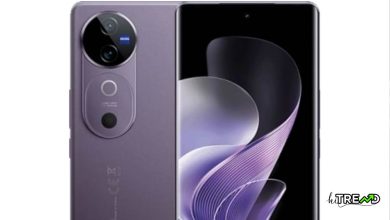Microsoft finally addresses FAT32 partition size limit with latest Windows 11 build

In brief: It’s taken nearly three decades but Microsoft is finally increasing the FAT32 size limit. The long overdue change isn’t widespread just yet – it’s only available to Windows 11 insiders using the latest Canary release – but as they say, better late than never, right?Microsoft finally addresses FAT32 partition size limit with latest Windows 11 build
FAT, short for file allocation table, is a file system that was originally designed for floppy disks. FAT eventually found its way to hard drives and other storage mediums, and was the default file system for several Microsoft operating systems until the switch to NTFS in 2001 with Windows XP.
According to former Windows developer Dave W Plummer,
who came up with the familiar format dialog box in late 1994, it was meant to be a simple placeholder that would suffice until a more elegant UI arrive. Well, that never happened, and Plummer’s temporary solution became permanent.
You can read more Technology articles
In an X post on the subject, Plummer said he was also responsible for coming up with “how much “cluster stack” would be too much,” which ultimately constrained the format size to 32GB.
Now some 30 years later, Microsoft is finally getting around to addressing the size limit. The latest Canary release of Windows 11 (build 27686) increases the FAT32 size limit from 32GB to a much more modern 2TB. Note that this only applies to formatting disks from the command line using the format command. With any luck, Microsoft will eventually update the GUI path as well.Microsoft finally addresses FAT32 partition size limit with latest Windows 11 build

Windows has supported reading FAT32 partitions up to 2TB in size for a while now, but you needed a third-party tool to create it. It is also worth noting that files stored on a drive formatted with FAT32 have a size limit of 4GB each.
FAT32 isn’t nearly as popular as it once was, having been replaced by more modern file systems like NTFS and exFAT. Still, plenty of USB drives and SD cards still use the format, and it’s about time that Microsoft upped the size limit.
Follow HiTrend on X





